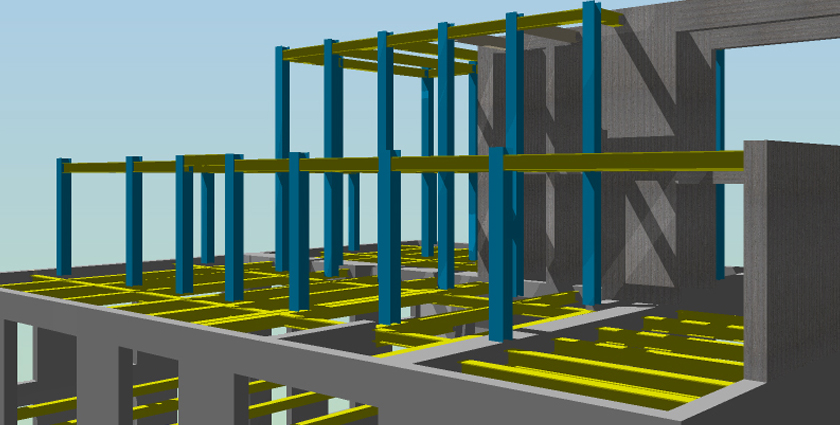
Natural Disasters are a big enemy of Architects. They always challenge Architects to stand more and more concrete. We can not stop natural disasters, but we can arm ourselves with Disaster Resistant Architectural Designs. So many lives wouldn’t have to be lost if there was enough disaster preparedness.
Architects play important role in disaster mitigation and recovery. The architectural designs might prevent or decrease destructive consequences of disasters on structures.
Earthquake is one of those Natural disasters which swallows life within a few seconds. But a famous quote says that “Earthquakes Don’t Kill People, Buildings Do.â€
The behavior of a building during earthquakes depends critically on its overall shape, size, and geometry. Hence, at the planning stage itself, architects and structural engineers must work together to ensure that the unfavorable features are avoided and a good building configuration is chosen.
The following factors affect and are affected by the design of the building. It is important that the design team understands these factors and deal with them prudently in the design phase.
1) Torsion:
Objects and buildings have a center of mass, a point by which the object (building) can be balanced without rotation occurring. If the mass is uniformly distributed then the geometric center of the floor and the center of mass may coincide.
Uneven mass distribution will position the center of mass outside of the geometric center causing “torsion” generating stress concentrations.
A certain amount of torsion is unavoidable in every building design. The symmetrical arrangement of masses, however, will result in balanced stiffness against either direction and keep torsion within a manageable range.
2) Damping:
Buildings, in general, are poor resonators to dynamic shock and dissipate vibration by absorbing it. Damping is a rate at which natural vibration is absorbed.
3) Ductility:
Ductility is the characteristic of a material (such as steel) to bend, flex, or move, but fails only after considerable deformation has occurred. Non-ductile materials (such as poorly reinforced concrete) fail abruptly by crumbling. Good ductility can be achieved with carefully detailed joints.
4) Strength and Stiffness:
Strength is a property of a material to resist and bear applied forces within a safe limit. The stiffness of a material is a degree of resistance to deflection or drift (drift being a horizontal story-to-story relative displacement).
5) Building Configuration:
This term defines a building’s size and shape, and structural and nonstructural elements. Building configuration determines the way seismic forces are distributed within the structure, their relative magnitude, and problematic design concerns.
